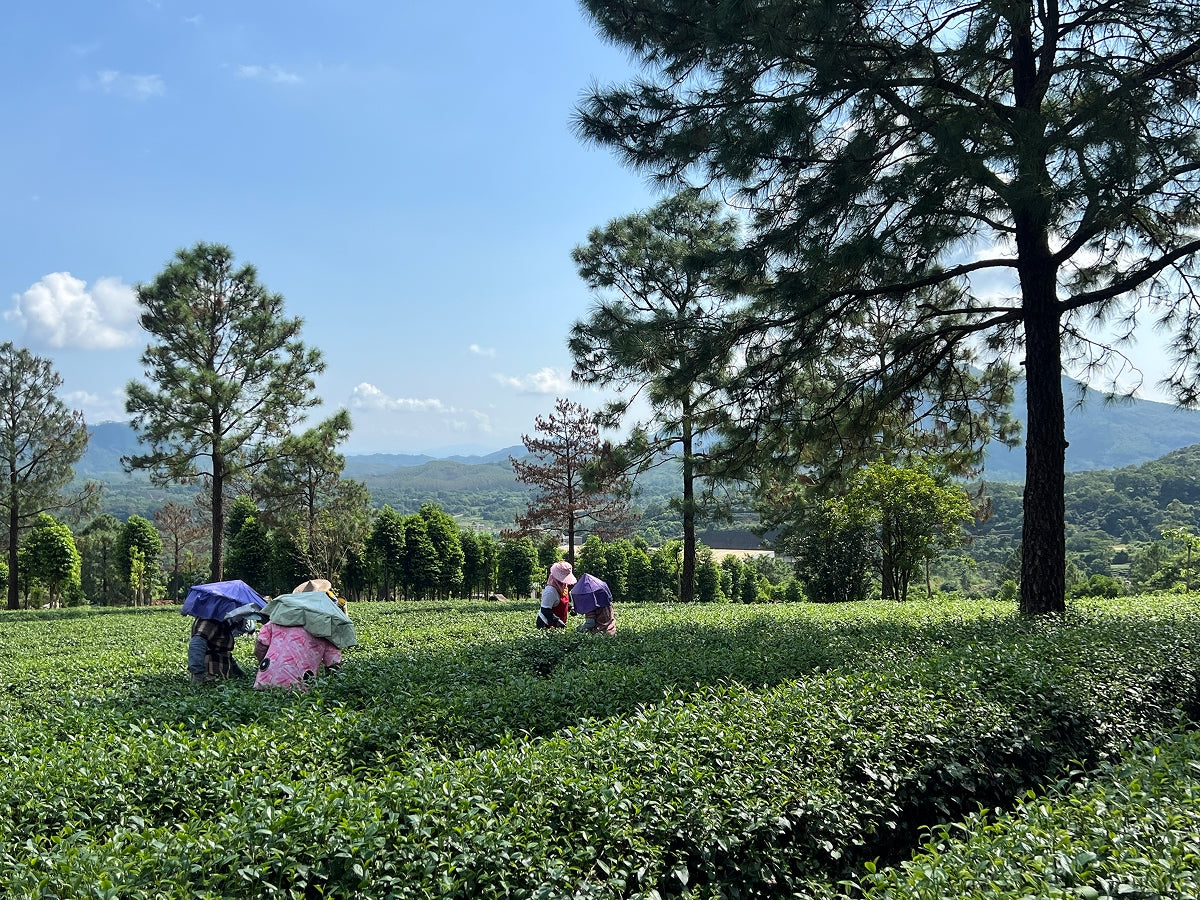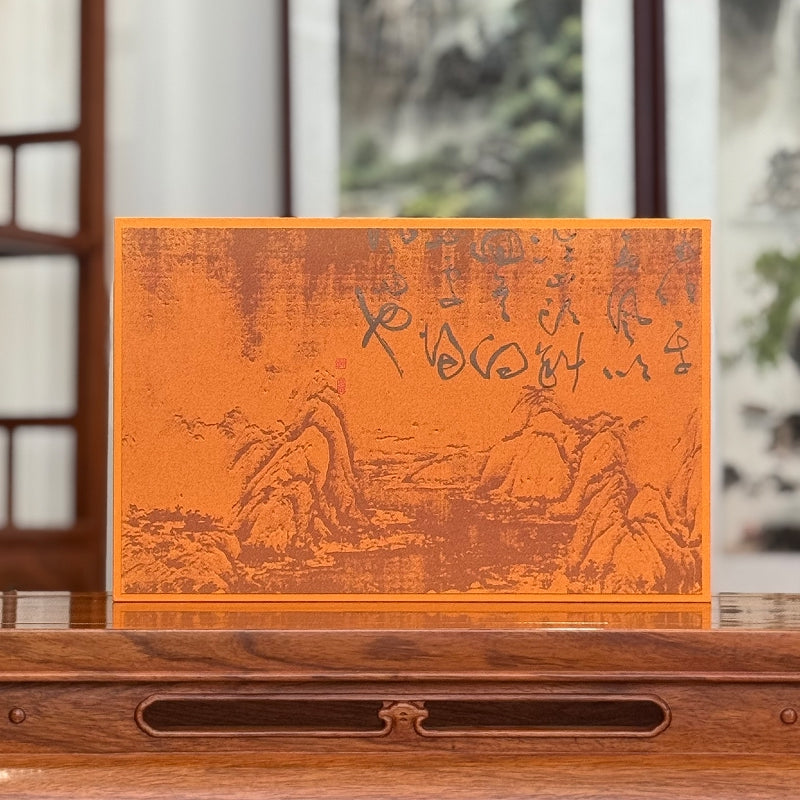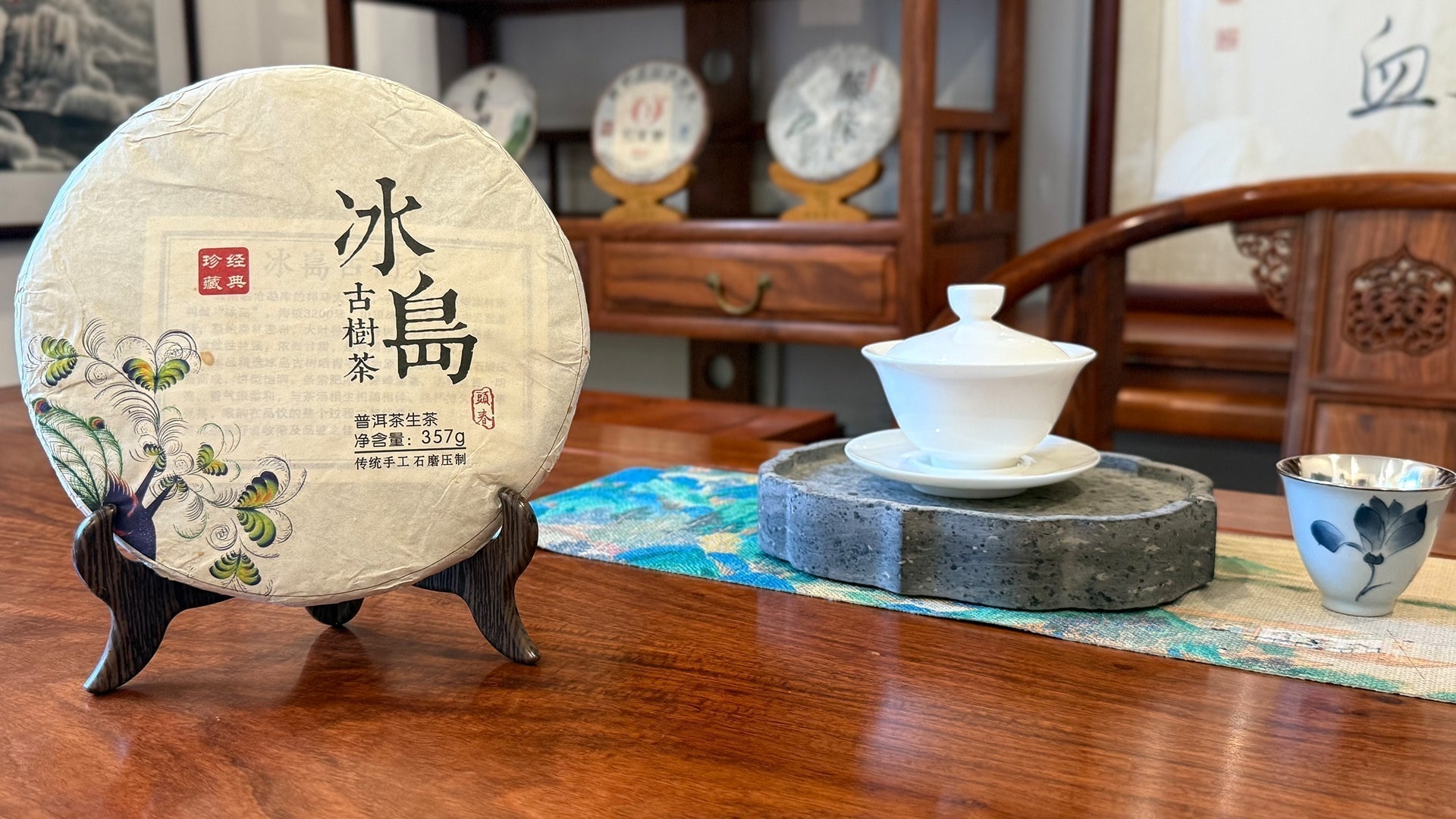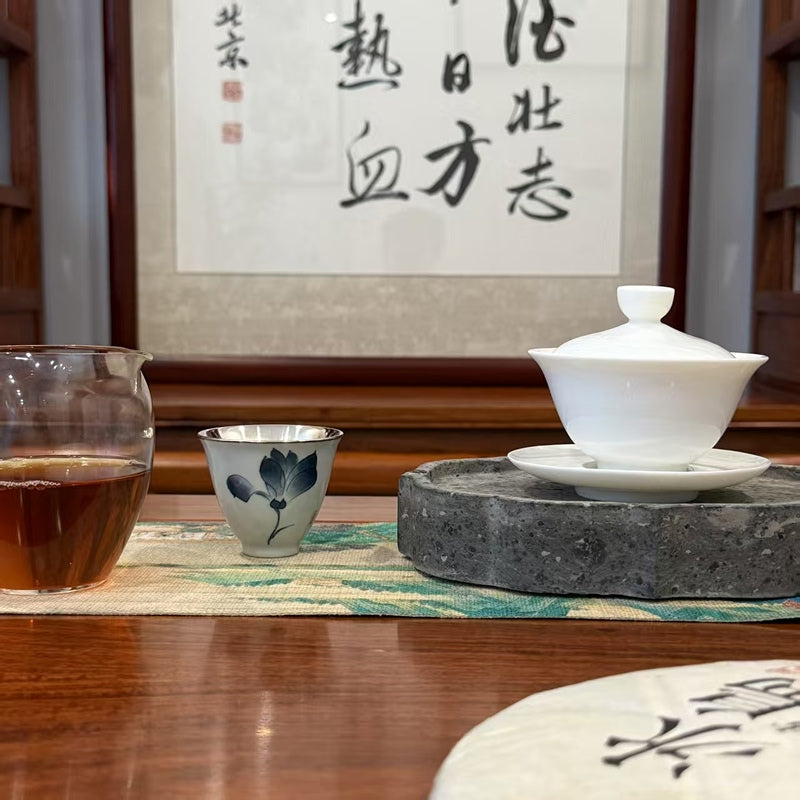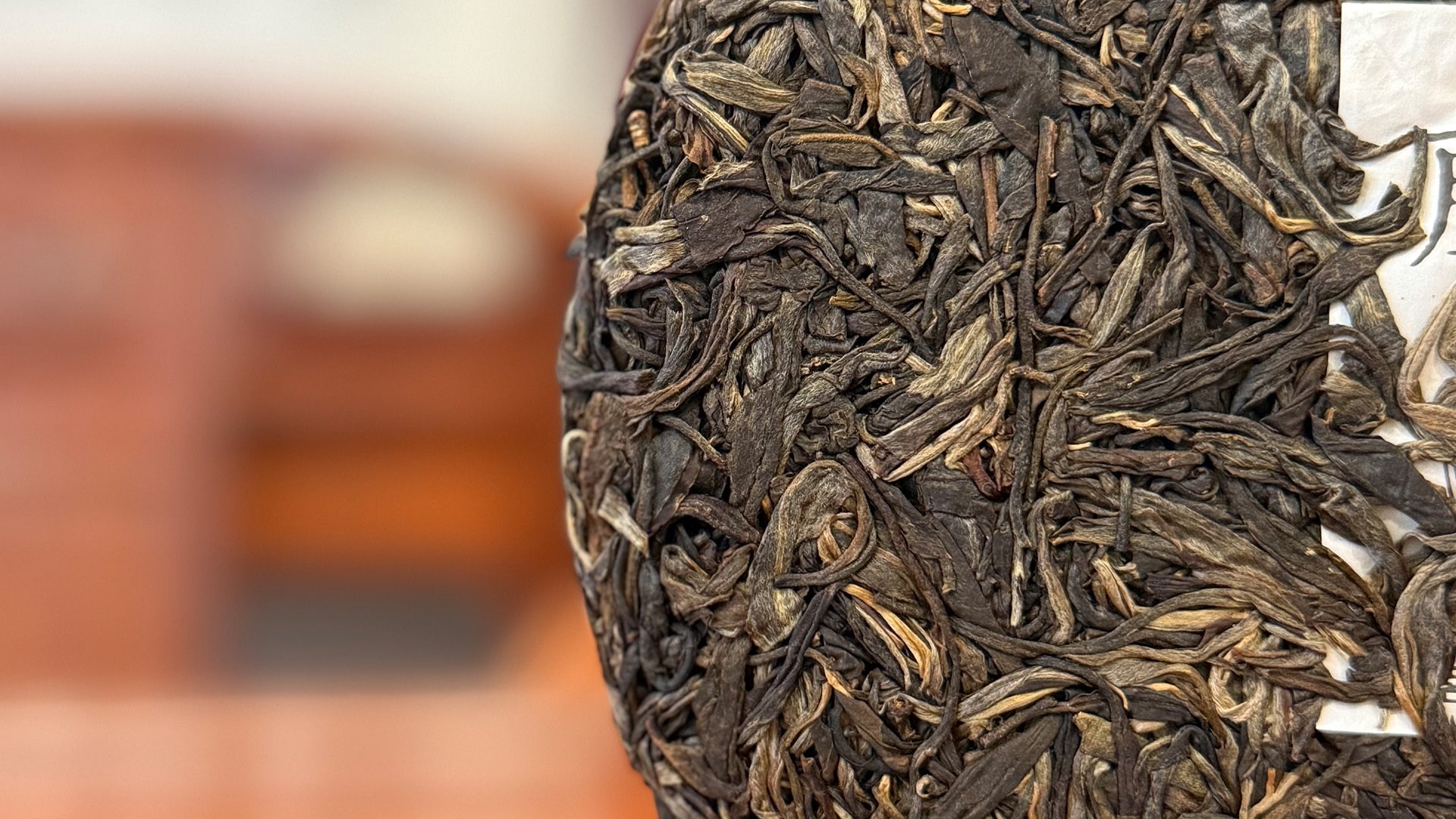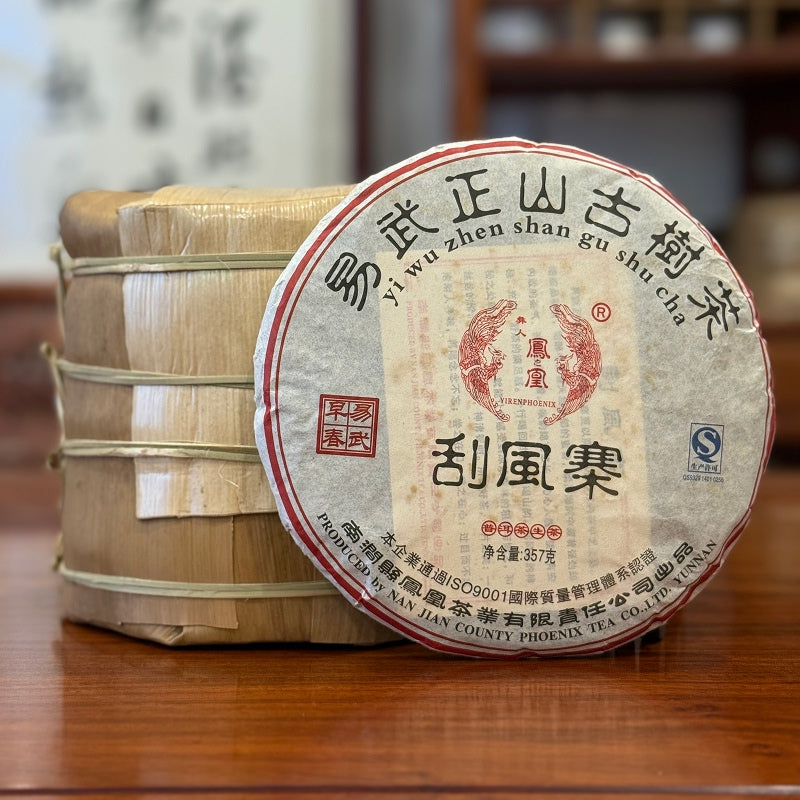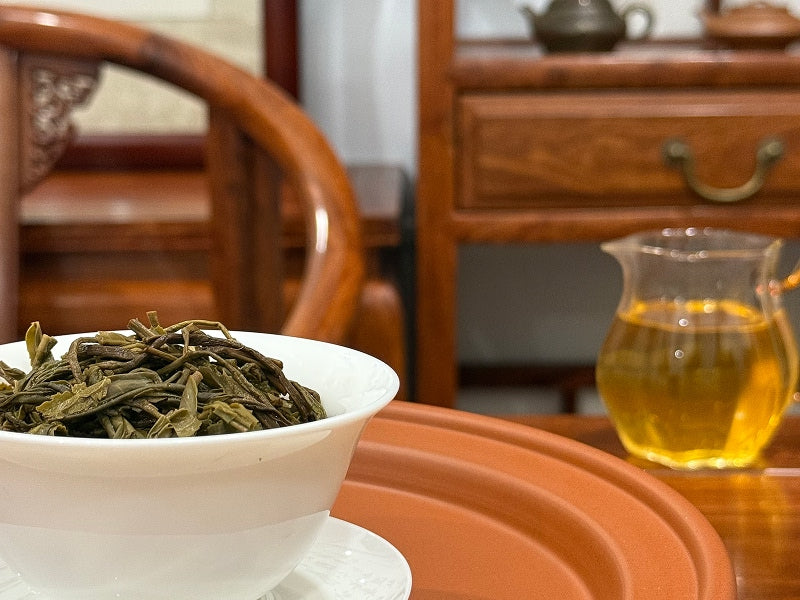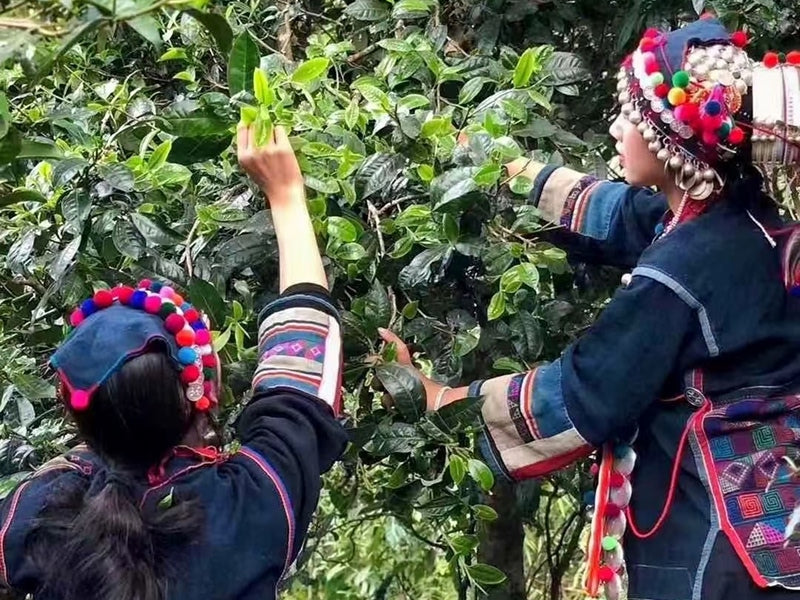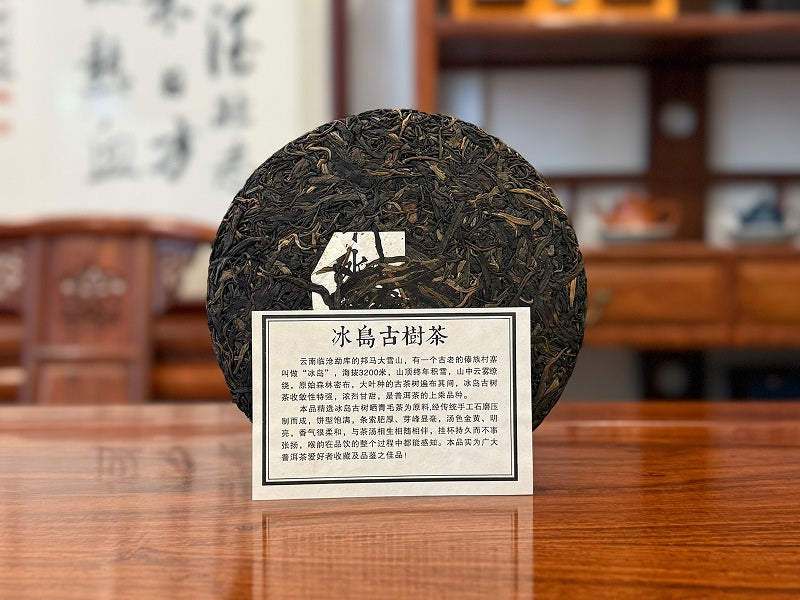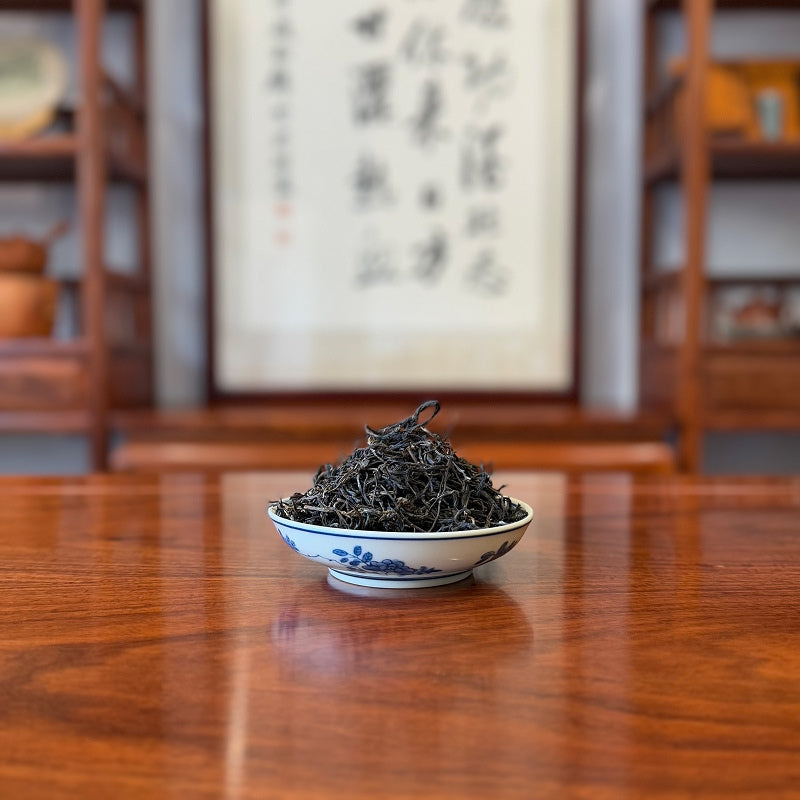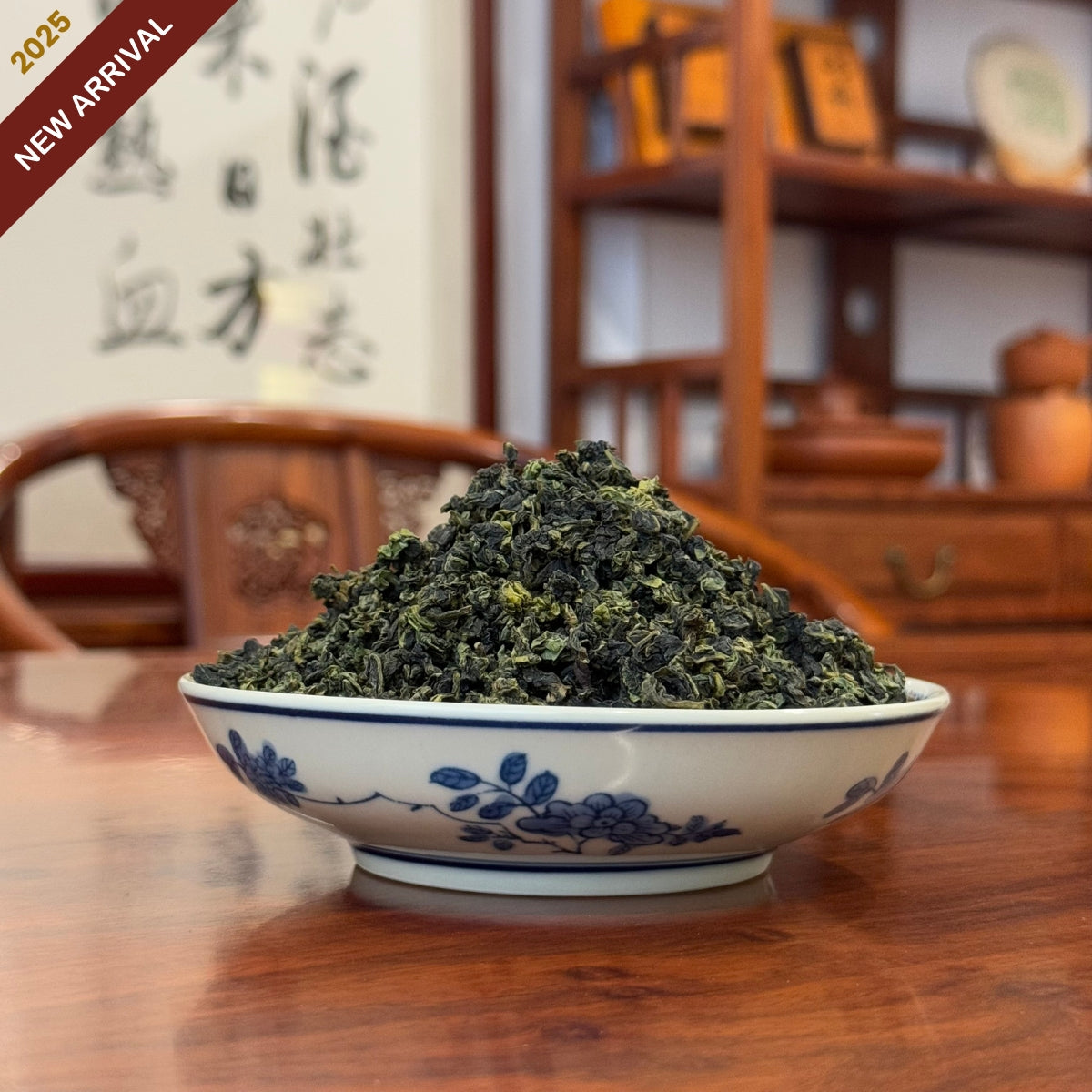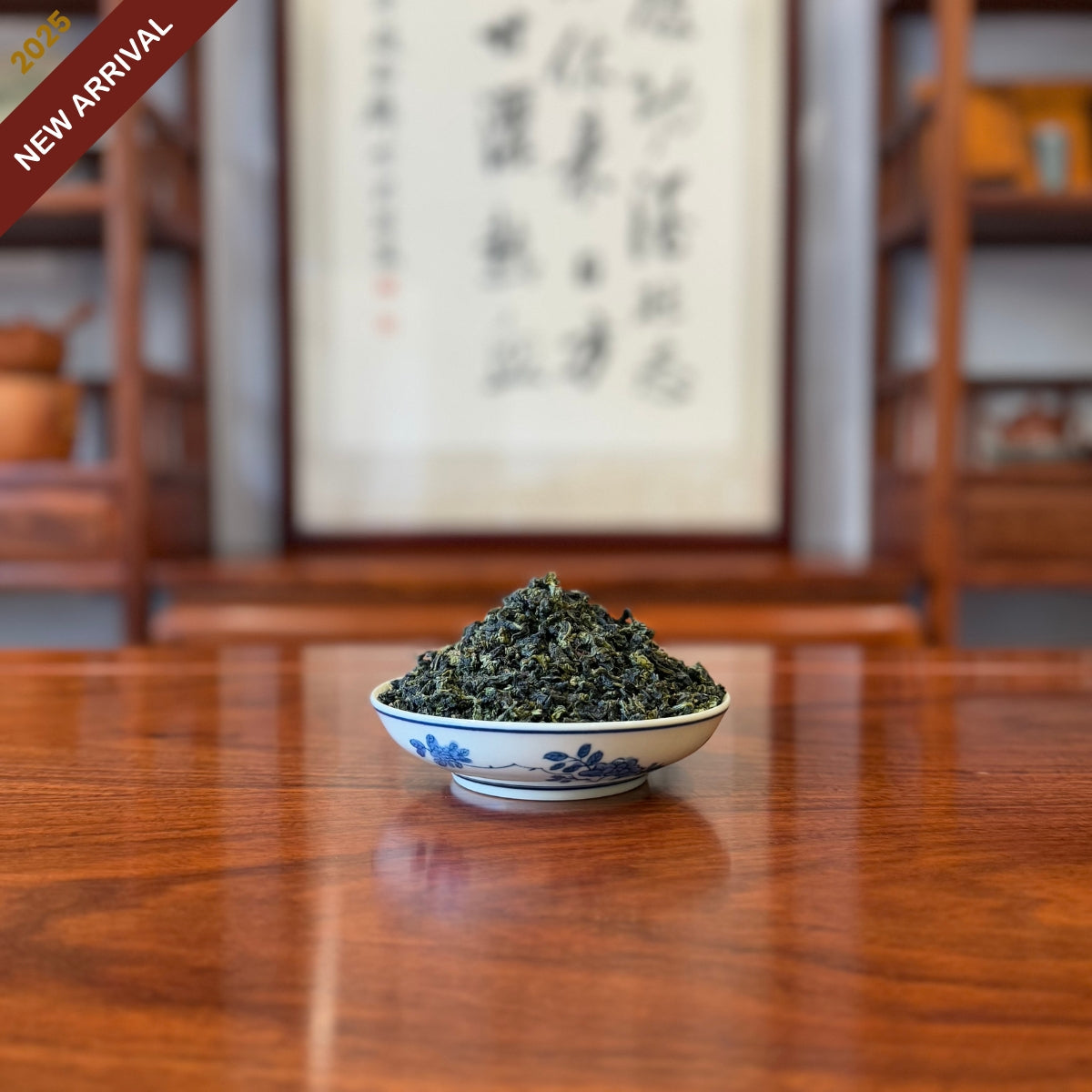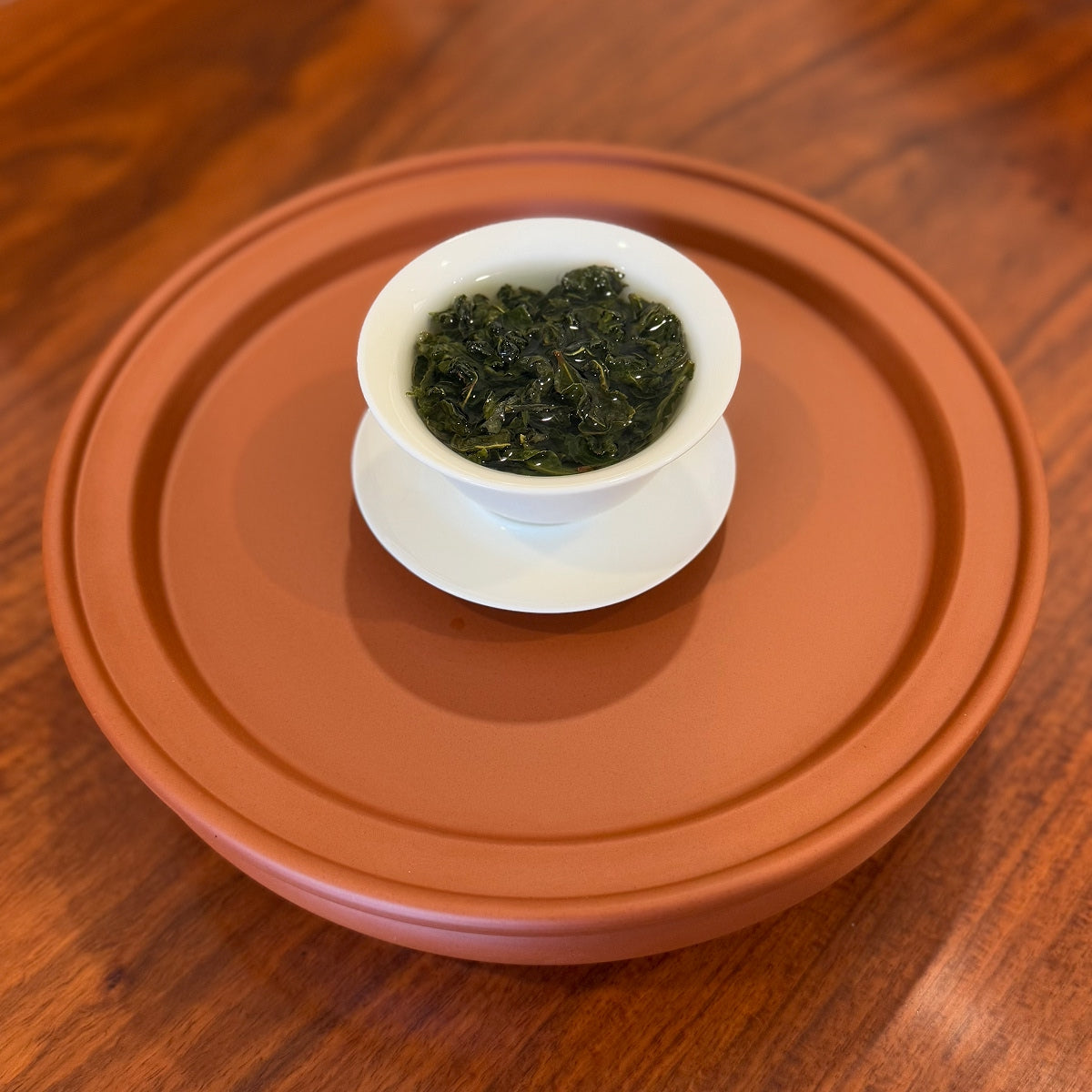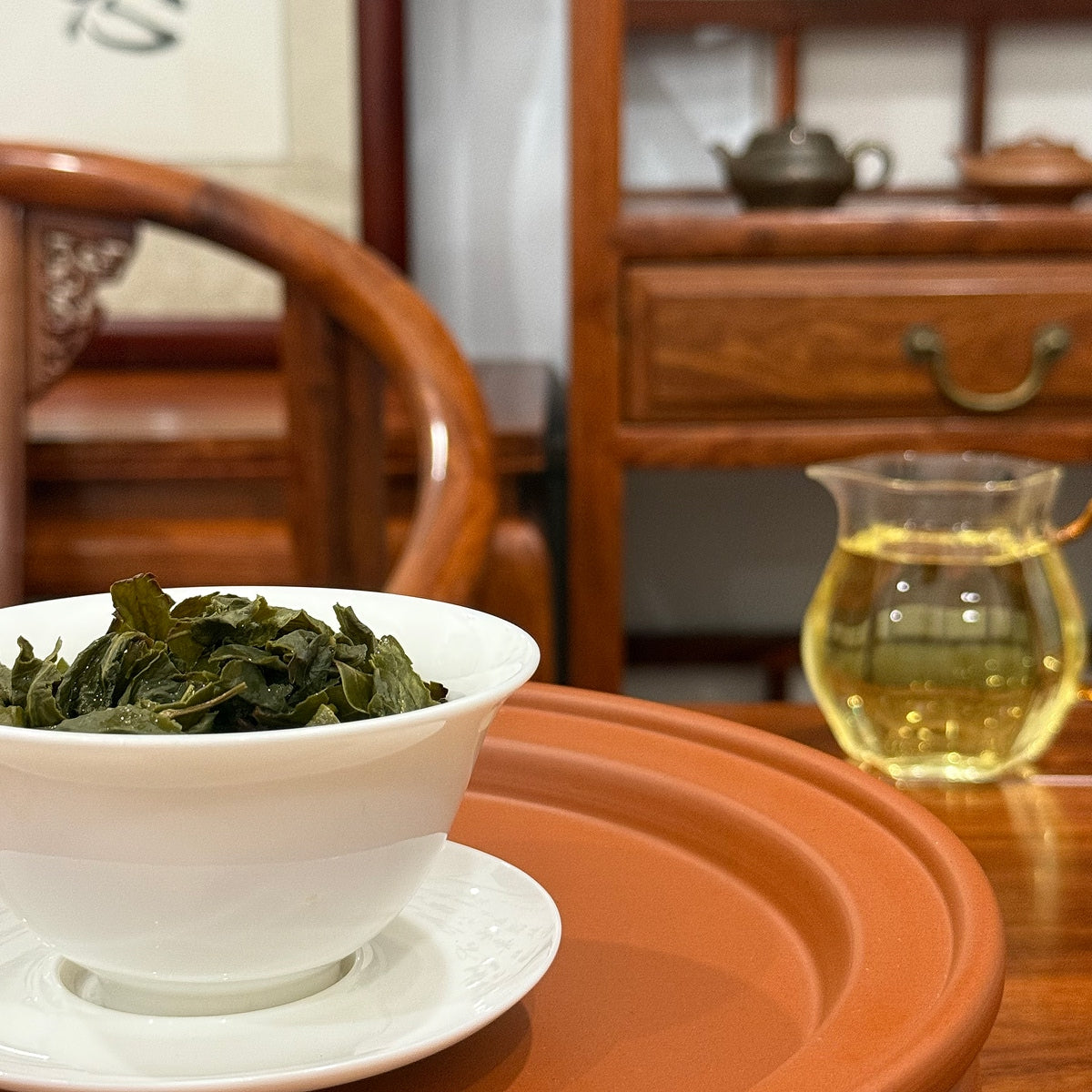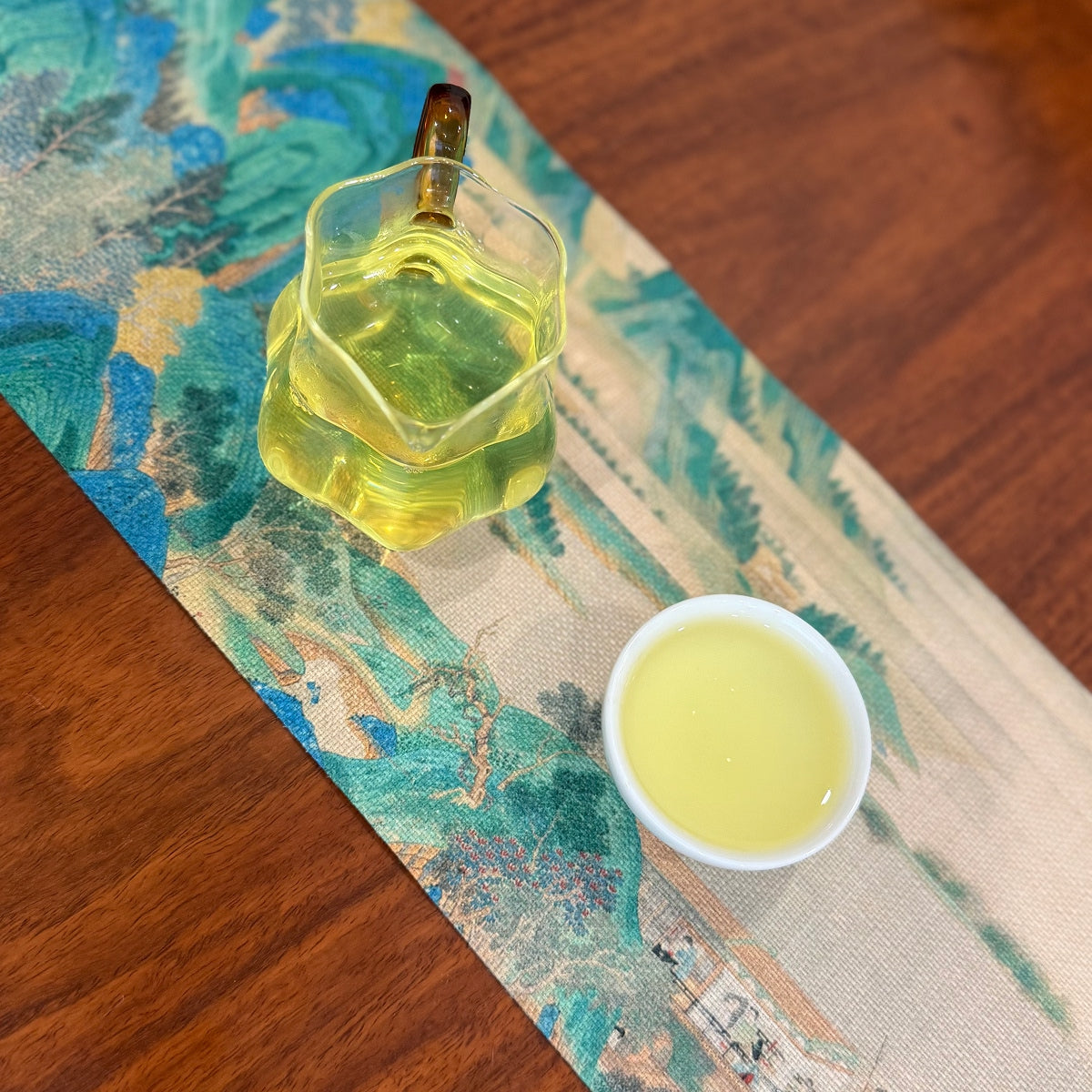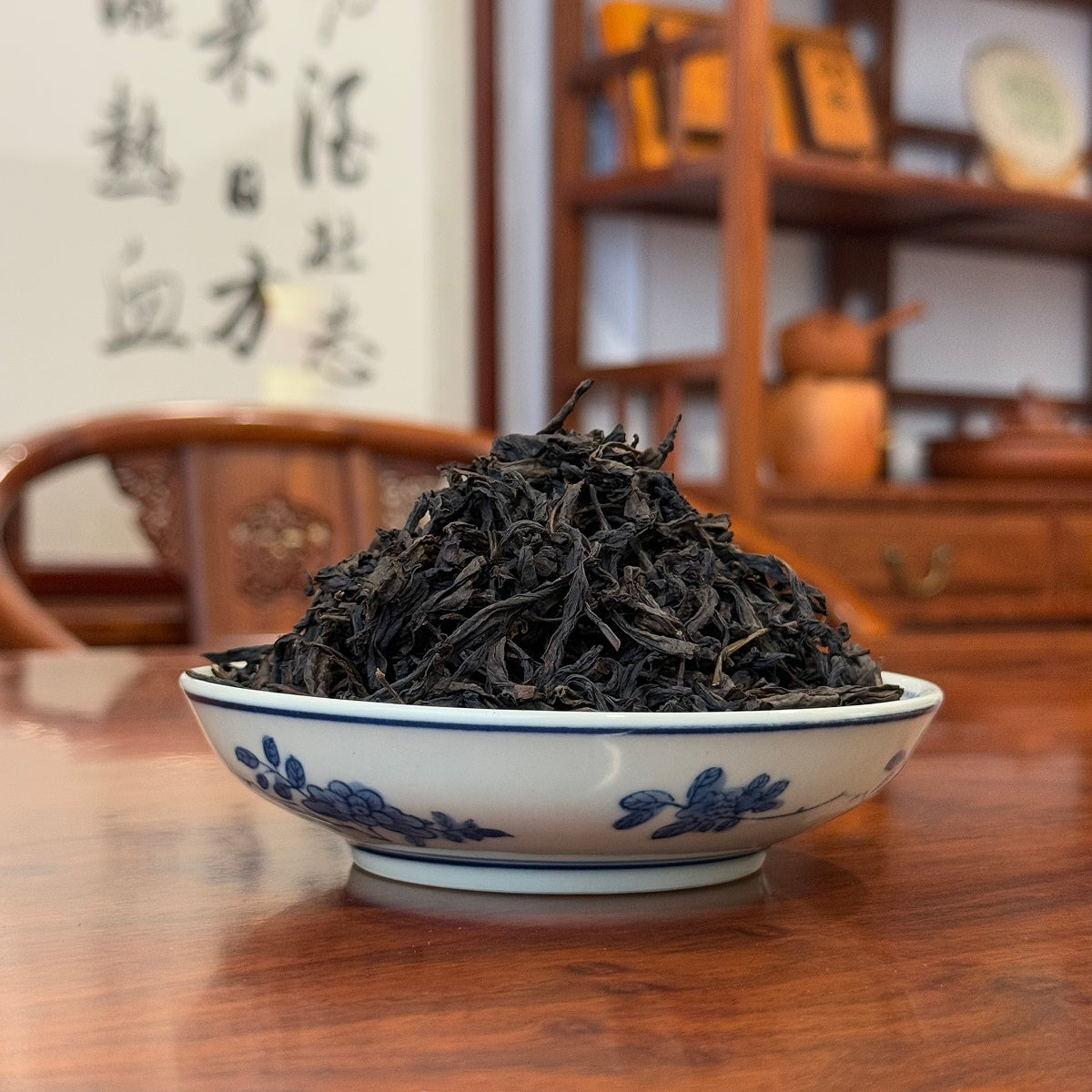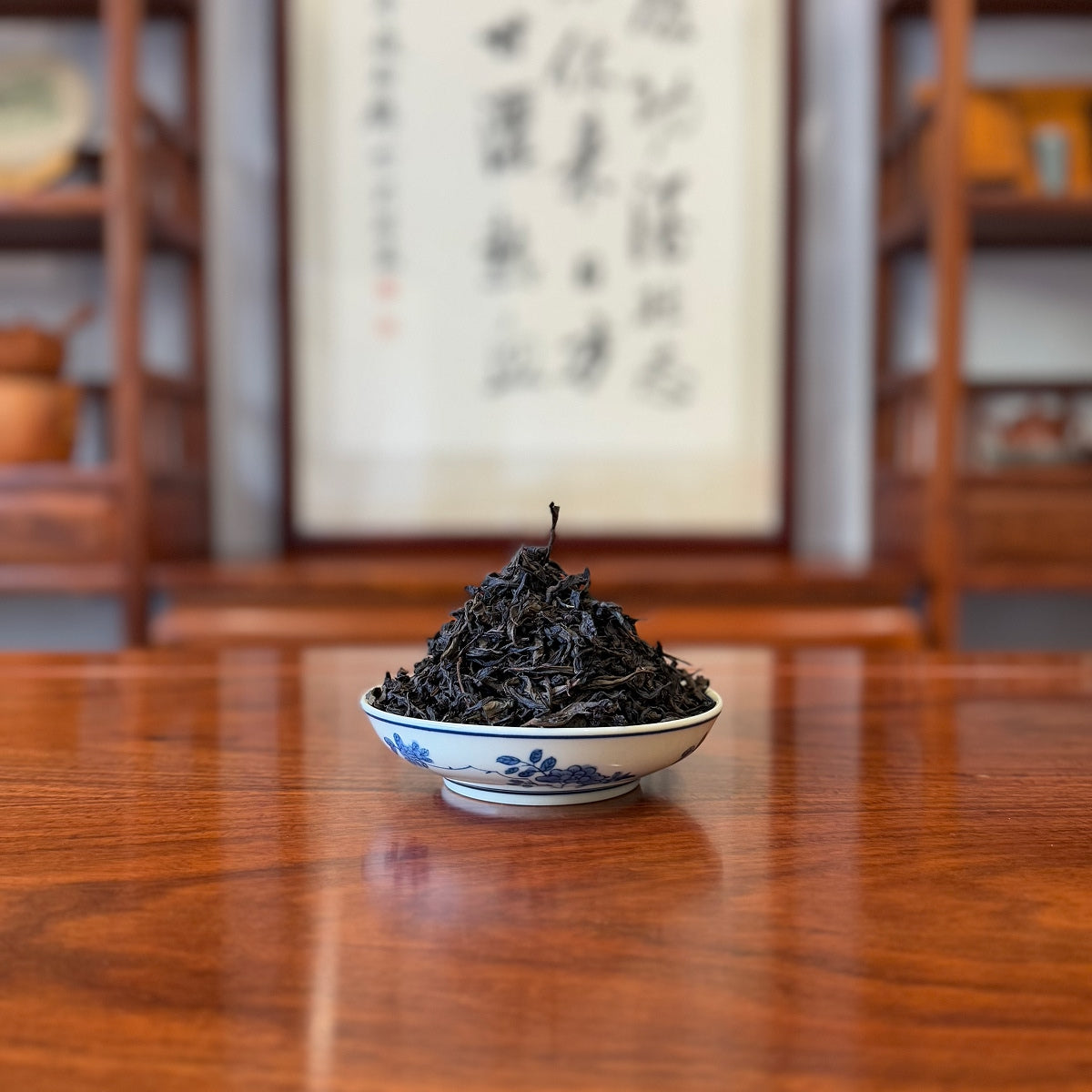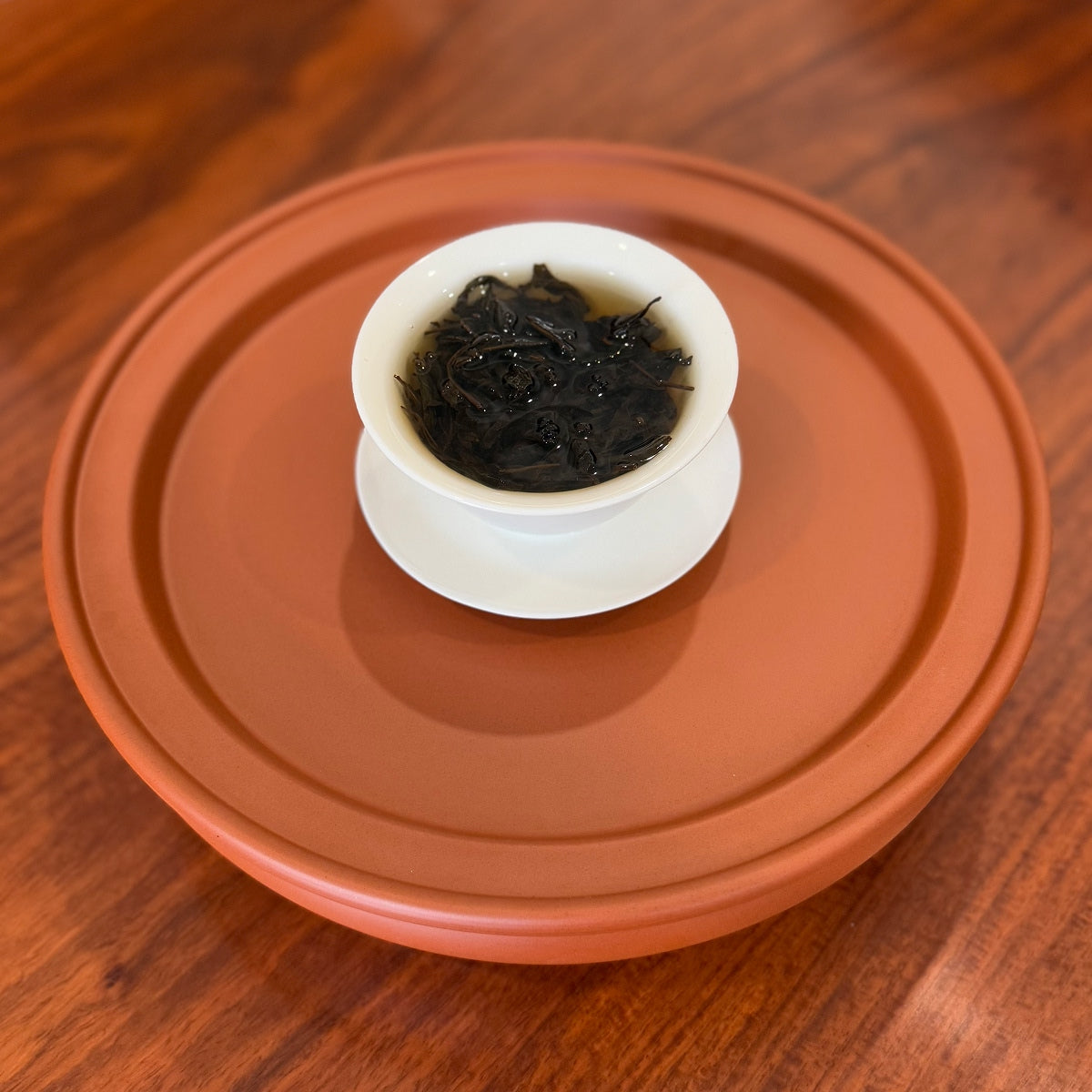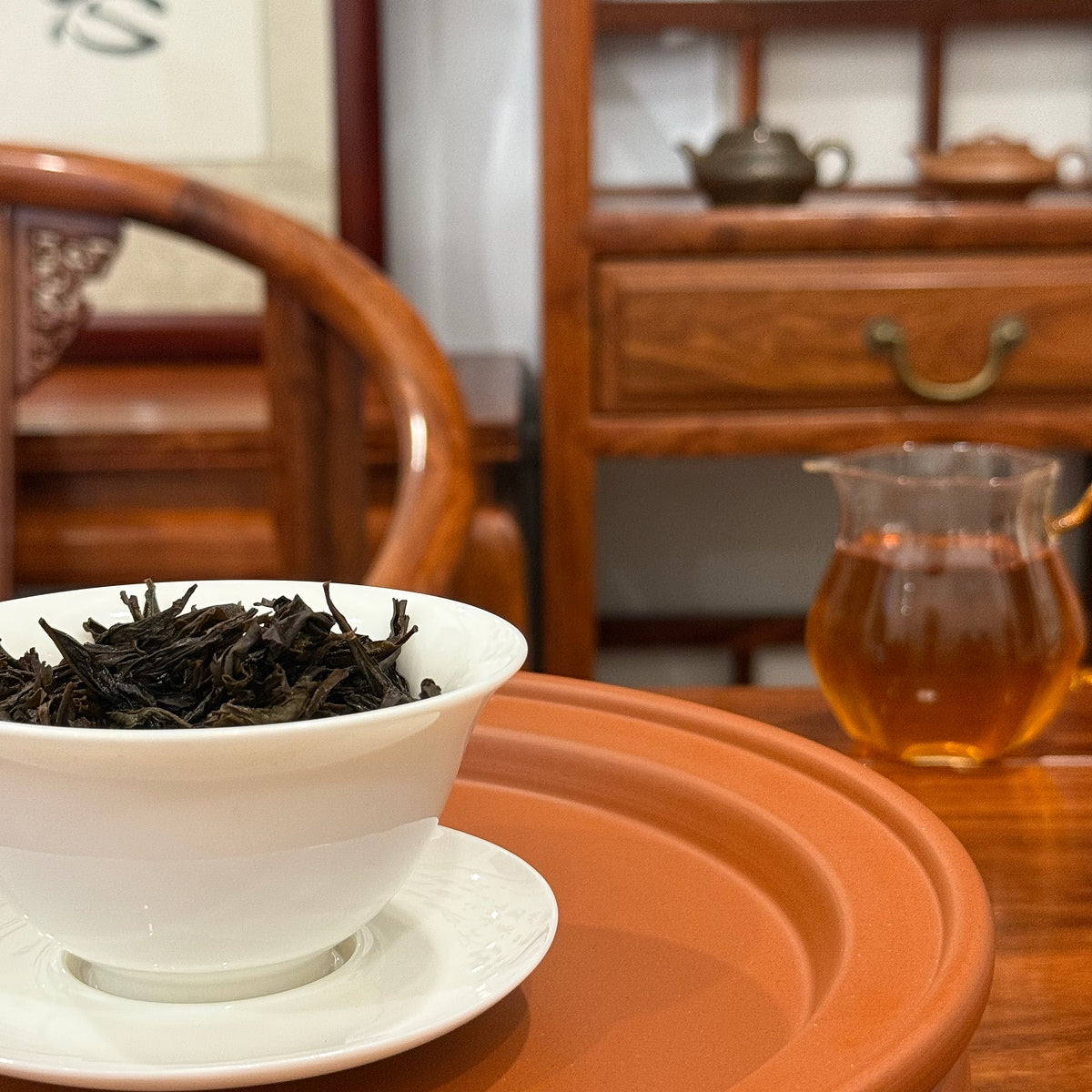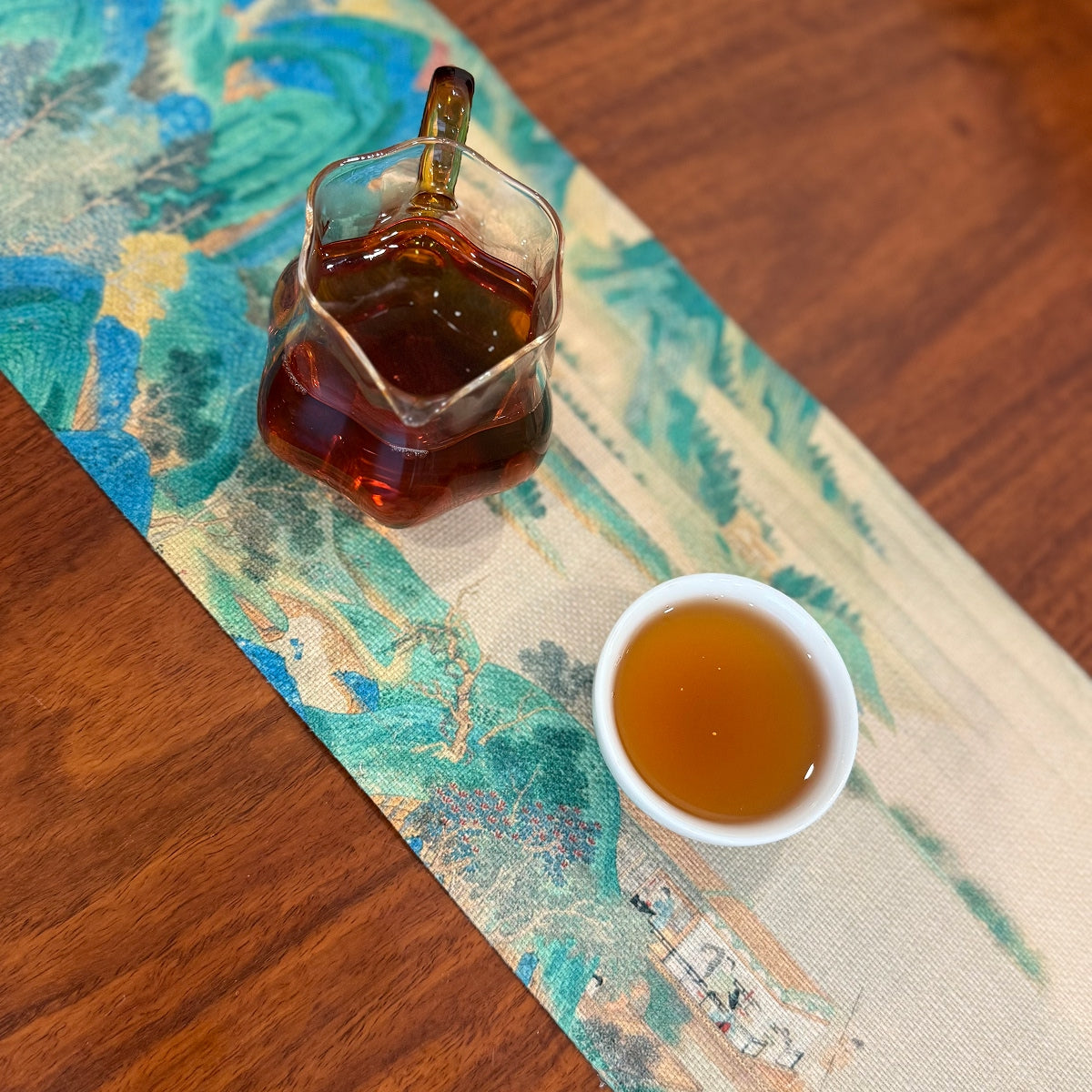Die Klassifizierung von Pu-Erh-Tee ist der Schlüssel zum Verständnis dieses einzigartig komplexen Tees. Eine technologische Revolution im Jahr 1973 spaltete denselben großblättrigen Tee aus Yunnan in zwei völlig unterschiedliche Geschmacksrichtungen auf.

Wenn Sie bereit sind, Pu-Erh-Tee online zu kaufen, steht Ihre erste wichtige Entscheidung an: Roher Pu-Erh (Sheng) oder reifer Pu-Erh (Shu)? Dieser grundlegende Unterschied ist nicht nur der Ausgangspunkt für den Geschmack, sondern auch die erste Hürde auf Ihrem Entscheidungsprozess – von den Geheimnissen der mikrobiellen Fermentation bis hin zum Alterungsprozess. Das Verständnis dieses Unterschieds hilft Ihnen, Kauffallen zu vermeiden und Ihren Tee genau auf Ihre Trinkbedürfnisse abzustimmen.
Tauchen Sie tiefer in die Welt des Pu-Erh-Tees ein: Pu-Erh-Tee kaufen – Ein Leitfaden zu Chinas einzigartigem Tee
Was ist Raw Pu-Erh? Ein Geschenk der Zeit

Roher Pu-Erh ist die älteste und traditionellste Kategorie des Pu-Erh-Tees. Seine Ursprünge reichen bis in die Tang-Dynastie oder sogar noch weiter zurück. Als Rohstoff werden die einzigartigen großblättrigen Teebäume Yunnans verwendet. Nach einem jahrtausendealten Verfahren wird der sogenannte „Sonnengetrocknete Maocha“ hergestellt: durch Fixieren, Rollen und Sonnentrocknen.
Obwohl der Herstellungsprozess dem von grünem Tee ähnelt, handelt es sich bei Raw Pu-Erh nicht um grünen Tee. Grüner Tee wird bei hohen Temperaturen fixiert, um die Fermentation vollständig zu stoppen. Raw Pu-Erh wird lediglich in der Sonne getrocknet, wodurch die Enzyme der Teeblätter zwar reduziert, aber nicht vollständig deaktiviert werden. So bleibt Raum für die natürliche mikrobielle Fermentation und natürliche Reifung.
Streng genommen ist ungereifter Raw Pu-Erh ein „Halbfertigprodukt“ innerhalb der Kategorie dunkler Tee.
Wie lange dauert es, bis roher Pu-Erh-Tee das typische Aroma von gereiftem Pu-Erh-Tee entwickelt? Es gibt keinen einheitlichen Standard. Unterschiede in Produktionsregion, Temperatur, Luftfeuchtigkeit und anderen Umweltbedingungen führen zu großen Schwankungen in der Reifegeschwindigkeit.
Wie ein lebender Organismus offenbart Raw Pu-Erh mit zunehmendem Alter unterschiedliche Eigenschaften: jung und adstringierend, wenn er unreif ist, zunehmend komplexer während des Wachstums und tiefgründig und vollmundig, wenn er reif ist – dies ist wirklich ein Geschenk der Zeit und ein einzigartiges Merkmal von Yunnan Pu-Erh-Tee.
Entdecken Sie mehr in unserer Raw Pu-Erh Tee-Kollektion
Was ist reifer Pu-Erh? Eine Revolution in der Handwerkskunst

Anders als Raw Pu-Erh, der jahrelang natürlich reifen muss, entstand Ripe Pu-Erh durch eine technologische Revolution. In den 1970er Jahren entwickelten chinesische Teehersteller die „Wo Dui“-Fermentationstechnik (Wet Piling), die auf Raw Pu-Erh als Rohstoff basierte und den natürlichen Alterungsprozess simulierte.
Durch die präzise Kontrolle der mikrobiellen Gemeinschaften entwickelt der Tee den milden und reichen Geschmack von gereiftem Tee innerhalb von Monaten statt Jahren oder Jahrzehnten.
Diese Technologie verbessert die Kontrollierbarkeit und Stabilität der Teereifung und ermöglicht es mehr Verbrauchern, den milden Charme von Pu-Erh-Tee in kürzerer Zeit zu erleben.
Aufgrund der Komplexität und des hohen Könnens beim Nassstapelverfahren ist hochwertiger reifer Pu-Erh jedoch nach wie vor eine Seltenheit. Viele erfahrene Teeliebhaber betrachten ihn als einen „trinkbaren, sammelwürdigen und wertvollen“ Schatz.
Reifer Pu-Erh erbt nicht nur die Tradition, sondern gestaltet auch die Naturgesetze meisterhaft um – ein wahrer Meilenstein, der die epochale Bedeutung der „menschlichen Handwerkskunst“ in der Entwicklung des Pu-Erh-Tees zeigt.
Entdecken Sie mehr in unserer Kollektion reifer Pu-Erh-Tees
Roh vs. reif: Die wichtigsten Unterschiede auf einen Blick

(Gealterter roher Pu-Erh-Teelikör)
| Aspekt | Roher Pu-Erh (Sheng) | Reifer Pu-Erh (Shu) |
|---|---|---|
| Verarbeitungsmethode | Traditionelle Sonnentrocknung; natürliche Alterung | Nasse Stapelgärung; beschleunigte Alterung |
| Anfänglicher Geschmack | Frisch, lebhaft, blumig, adstringierend | Weich, erdig, geschmeidig, süß |
| Zeitleiste der Alterung | Langzeitlagerung, vorzugsweise Jahrzehnte | Kurzzeitgealtert, reift in Monaten |
| Marktposition | Sammlerstück, geschätzt für sein Alterungspotenzial | Zugänglicher, beliebt wegen der sofortigen Trinkbarkeit |
| Preisklasse | Variabel; gealterte Tees können teuer sein | Im Allgemeinen günstiger, aber es gibt auch qualitativ hochwertige |
Hört reifer Pu-Erh nach der Fermentation auf zu altern?

(Reifer Pu-Erh-Teelikör)
Die Antwort ist nein.
Obwohl „vorgealtert“, wird reifer Pu-Erh mit der Zeit weiterhin auf natürliche und sanfte Weise „atmen“, „wachsen“ und „verwandeln“.
Es ist wie bei einem Bergsteiger, der, obwohl er bereits einen hohen Gipfel erreicht hat, immer noch stetig aufsteigt – das ist das Wunder, das durch handwerkliche Innovationen bei der Reifung von Pu-Erh-Tee entsteht.
Zwei Teesorten, zwei Zeitlinien

Roher und reifer Pu-Erh sind nicht nur zwei Geschmacksprofile, sondern auch zwei völlig unterschiedliche Reifezeiten:
- Bei Raw Pu-Erh steht die natürliche Alterung im Mittelpunkt, wobei der Charme durch geschichtete Veränderungen im Laufe der Zeit entsteht.
- Ripe Pu-Erh setzt auf moderne Handwerkskunst für eine schnelle Transformation und einen stabilen Geschmack und zeigt eine tiefe Verschmelzung von Technologie und Tradition.
Mittlerweile haben Sie die wesentlichen Unterschiede in diesem „dualen Pu-Erh-Kosmos“ gründlich verstanden und sind bereit für die nächste wichtige Entscheidung vor dem Kauf.
Kaufen Sie vertrauensvoll bei vertrauenswürdigen Verkäufern

Wenn Sie sich für authentischen Raw oder Ripe Pu-Erh entscheiden, gehen Sie eine Partnerschaft mit vertrauenswürdigen Teehändlern ein, die Ihnen detaillierte Produktinformationen, Rückverfolgbarkeit der Herkunft und professionelle Beratung bieten.
Bei der Chinese Tea Group umfasst unsere Pu-Erh-Teekollektion eine große Auswahl an Jahrgängen sowohl von rohem als auch von reifem Pu-Erh, die sorgfältig auf Qualität und Authentizität zusammengestellt wurden.
Zurück zum Kernhandbuch: Pu-Erh-Tee kaufen – Ein Leitfaden zu Chinas einzigartigem Tee

